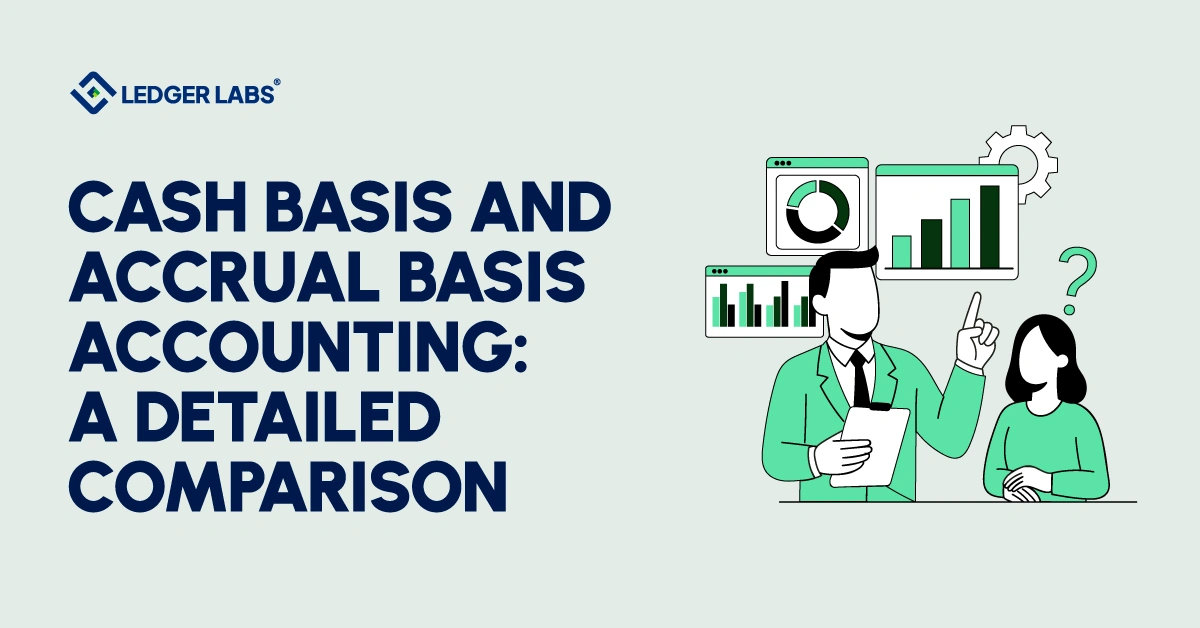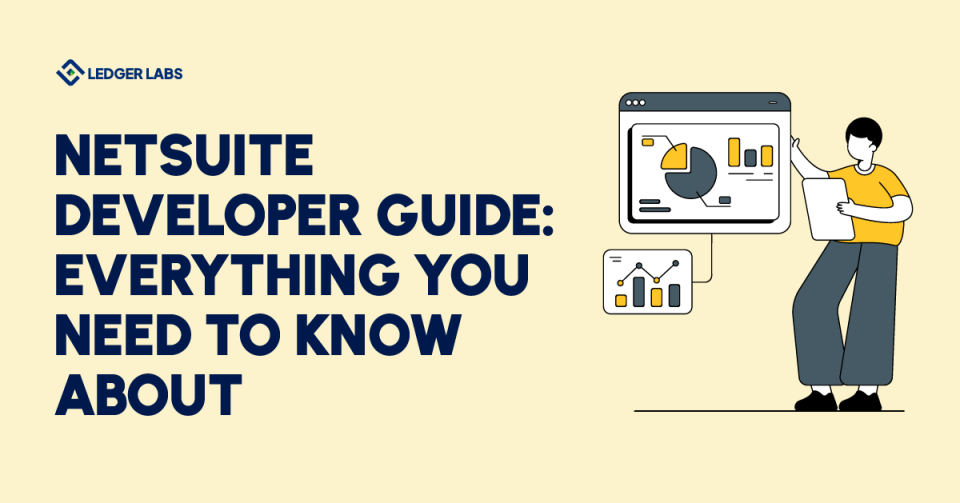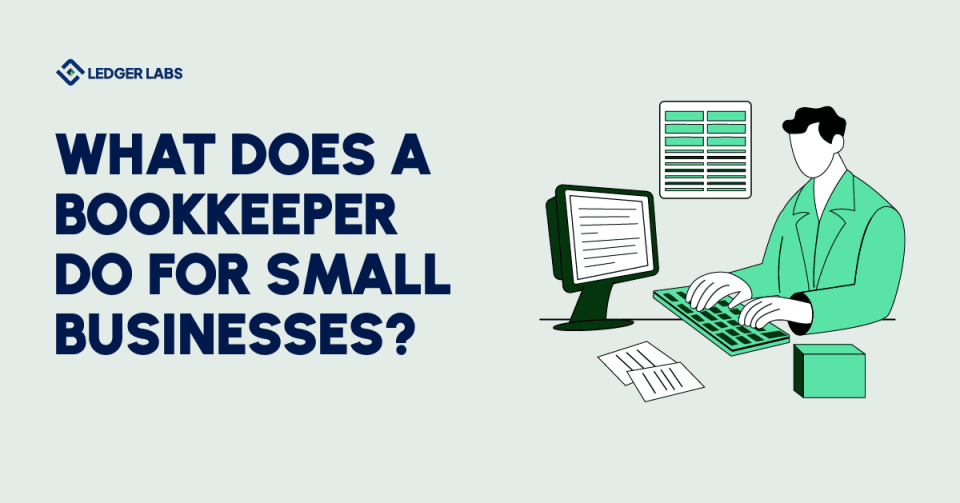Understanding the differences between cash basis and accrual basis accounting isn’t just bookkeeping jargon; it’s the key to knowing whether your business is truly profitable or just looks good on paper.
With the IRS cracking down on improper accounting method usage and lenders demanding greater financial transparency, picking the wrong method has never been riskier.
This guide walks you through both methods, when to use each, and how to avoid costly mistakes that trip up thousands of business owners every year.
Key Takeaways
- Cash basis records income and expenses when money moves; accrual records them when earned or incurred—creating very different financial pictures.
- Cash basis offers flexibility to defer or accelerate income, while accrual provides consistency and is required for larger or inventory-heavy businesses.
- Accrual delivers a more accurate view of profitability and financial health, while cash basis shows real-time liquidity.
- Combines cash simplicity with accrual accuracy—ideal for small businesses tracking long-term assets and liabilities.
- Choosing the Right Method: Assess business size, growth goals, inventory, and financing plans—cash for simplicity, accrual for scale, or hybrid for balanced insight and compliance.
What Are Cash Basis and Accrual Basis Accounting?
You’ve probably heard accountants throw around “cash basis” and “accrual basis” like everyone knows what they’re talking about, but here’s the truth: most business owners don’t fully understand the difference until tax season slaps them in the face.
So let’s fix that right now.
Cash basis accounting records income when you actually receive payment and expenses when you actually pay them. If a client pays you on January 15th for work you did in December, that income goes on your January books. Simple as that.
Accrual accounting records income when you earn it and expenses when you incur them—regardless of when money actually changes hands. So that same client payment? It shows up on your December books because that’s when you did the work and earned the right to get paid.
The historical reason we have two methods?
The IRS needed a way to let small businesses track money simply (cash basis) while ensuring larger companies reported complete financial pictures (accrual basis).
Also Read: Differences Between Cash Basis and Accrual Basis Accounting
How Cash Basis Accounting Works (With Real Examples)?
Now that you’ve got the basic definitions down, let’s walk through exactly how cash basis accounting works day to day.
Think of cash basis as the method your personal checking account uses—money comes in, money goes out, and you record it when it happens. No guessing, no predictions, just facts.
The Cash Method Explained
Here’s how it works step-by-step. When you receive a deposit—whether it’s a check, wire transfer, credit card payment, or actual cash—that’s when you record income. Not when you send the invoice. Not when the client promises to pay. When the money hits your account.
The same goes for expenses.
When you pay your rent, buy office supplies, or settle a vendor invoice, that’s your recording moment. Even if you got the bill three weeks ago, you don’t record the expense until you actually pay it.
This creates a beautiful simplicity: your accounting records mirror your bank statements almost perfectly. If you want to know how much cash you have available right now, just look at your books. No calculations needed.
Real-World Cash Basis Example
Picture this: You’re a freelance consultant who finishes a $5,000 project for a client on December 20th. You send the invoice that same day. The client pays you on January 15th when their accounting department reopens after the holidays.
Under cash basis accounting, here’s what happens:
- December: You record zero income from this project (payment hasn’t arrived yet)
- January: You record $5,000 income (payment received and deposited)
- Tax impact: This income shows up on next year’s tax return, not this year’s
This timing difference isn’t just academic; it can save you thousands in taxes.
If you’re expecting a big payment in late December but it won’t clear until January, that income shifts to the next tax year. More on that strategy when we get to tax implications.
Who Should Use Cash Basis Accounting?
Cash basis makes the most sense if you’re running a service-based business under $25 million in annual gross receipts, you’re a sole proprietor or freelancer, you don’t carry significant inventory, or you want maximum control over when you report income for tax purposes.
Cash basis accounting gives you crystal-clear visibility into your actual cash position and maximum tax planning flexibility, but it doesn’t show you money that’s owed to you or bills you haven’t paid yet. For many small businesses, this simplicity is worth the trade-off.
But what if you need a more complete financial picture? That’s where accrual accounting comes in.
How Accrual Accounting Works (Why It's Called "GAAP-Compliant")?
Now that you’ve seen how cash basis tracks actual money movement, let’s explore why accrual accounting exists and when it’s the better choice.
You’ve probably heard the term “GAAP-compliant” thrown around—it stands for Generally Accepted Accounting Principles, and it’s basically the rulebook that ensures financial statements mean the same thing whether you’re running a corner bakery or a Fortune 500 company. Accrual accounting follows GAAP; cash basis doesn’t. Here’s why that matters.
The Accrual Method Explained
Accrual accounting operates on two core principles that sound fancy but are actually pretty logical once you get them:
The matching principle says you should match expenses with the revenue they helped generate in the same time period. If you bought $1,000 in materials to complete a project in June, those expenses should appear on your June books—even if you don’t pay the supplier until July.
The revenue recognition principle says you record income when you’ve earned it and can reasonably expect to collect it – not when you actually get paid. When you complete a project, deliver a product, or fulfill a service contract, that’s when the income shows up on your books.
Under accrual accounting, income is recognized when you’ve done the work and delivered the value, and expenses are recognized when you’ve incurred the cost—regardless of payment timing. This creates a more accurate picture of your business’s actual financial performance.
Who Must Use Accrual Accounting?
C corporations with average annual gross receipts over $25 million for the prior three years must use accrual accounting.
Publicly traded companies of any size must use accrual to comply with SEC reporting requirements. Businesses that carry inventory generally must use accrual (though recent tax law changes created exceptions for smaller businesses under $26 million).
Companies seeking investors or significant bank loans will find that lenders strongly prefer, and often require, accrual accounting.
Accrual accounting gives you a complete, accurate picture of your business’s financial health by showing both what you’ve earned and what you owe, making it essential for larger businesses, companies with inventory, and anyone seeking outside funding.
The trade-off is increased complexity and less obvious cash reconciliation and flow visibility.
So which method is actually better for YOUR business? Let’s break down the eight critical differences that matter most.
Cash Basis vs Accrual Basis: 5 Critical Differences Every Business Owner Must Know
The 5 Critical Differences
Timing of Recording
- Cash Basis: You record transactions when money physically moves—when you receive payment or when you pay a bill. Your accounting matches your bank statement almost perfectly.
- Accrual Basis: You record transactions when you’ve earned income or incurred an expense, regardless of payment timing. This creates a more accurate economic picture but requires tracking receivables and payables.
- Why it matters: If you invoice $50,000 in December but don’t get paid until January, cash basis shows zero December revenue while accrual shows $50,000. That’s a massive difference when you’re evaluating monthly performance.
- Tax Implications
- Cash Basis: You can strategically time when you send invoices or pay bills to shift income between tax years. This gives you significant control over annual tax liability.
- Accrual Basis: You report all income when earned, regardless of payment timing. Less flexibility, but more predictable tax planning.
- Why it matters: A cash basis business expecting a $20,000 payment in late December might delay invoicing until January 2nd to defer that income to next year’s tax return—potentially saving thousands in taxes.
- Cash Flow Visibility
- Cash Basis: Crystal clear. If you want to know how much cash you have available right now, just check your accounting records.
- Accrual Basis: Requires separate cash flow tracking. Your books might show $100,000 profit, but if customers haven’t paid yet, your bank account could be nearly empty.
- Why it matters: Many profitable businesses on accrual accounting have failed because they didn’t separately track cash flow and ran out of money to pay bills.
- Financial Accuracy
- Cash Basis: Shows a short-term snapshot of money in and money out, but doesn’t reflect money owed to you or bills you haven’t paid yet.
- Accrual Basis: Provides a complete, long-term picture of financial health by including all earned income and all incurred expenses.
- Why it matters: Lenders and investors want to see the full picture—including your accounts receivable (money coming in) and accounts payable (money going out).
- Complexity
- Cash Basis: Simple enough for most business owners to manage themselves using basic accounting software.
- Accrual Basis: More complex; many businesses need professional bookkeepers or accountants to maintain accurate records.
- Why it matters: Professional bookkeeping for accrual accounting typically costs $300-$800 monthly for small businesses—a significant ongoing expense.
Here’s what you need to remember: Neither method is universally “better”—the right choice depends entirely on your business size, structure, industry, and growth plans. Cash basis offers simplicity and tax flexibility for smaller businesses, while accrual provides accuracy and credibility for growing companies and those seeking funding.
But there’s actually a third option that combines elements of both methods—and most business owners have never even heard of it.
The Modified Cash Basis Method: The "Best of Both Worlds" Option Nobody Talks About
Now that you’ve seen the pure versions of cash and accrual accounting, let me introduce you to a hybrid approach that might be the perfect middle ground for your business.
Most accountants don’t proactively mention modified cash basis accounting, but it’s a legitimate IRS-approved method that gives you the simplicity of cash basis for day-to-day operations while still tracking your major assets and liabilities like an accrual business.
Think of it as getting 80% of accrual’s benefits with only 30% of the complexity.
Modified cash basis is exactly what it sounds like: a customized blend of both methods. Here’s how it works:
You use cash basis for your regular income and operating expenses—meaning you still record revenue when you receive payment and expenses when you pay them. This keeps your daily bookkeeping simple and maintains the tax timing flexibility you get with pure cash basis.
But you use accrual basis for long-term assets and liabilities—like equipment, vehicles, buildings, loans, and other items that span multiple years. This means you can properly track depreciation, capitalize major purchases, and show a more complete balance sheet.
The IRS allows this method as long as you apply it consistently and it clearly reflects your income. Small businesses can customize their accounting method as long as they follow the rules and don’t cherry-pick methods to manipulate taxable income.
How to Choose the Right Accounting Method for YOUR Business?
Now that you’ve seen all three methods in action, let’s cut to the chase: which one should YOU actually use?
I’m going to walk you through a proven decision process that takes the guesswork out of this choice and gives you a clear recommendation based on your specific business situation.
The 7-Question Business Assessment
Answer these seven questions honestly, and the right method will become obvious:
- What’s your annual gross revenue? If you’re averaging over $25 million in gross receipts for the past three years, the IRS requires you to use accrual—decision made. If you’re under that threshold, you’ve got options.
- Do you carry inventory? If you stock products for resale and your average gross receipts exceed $26 million, you must use accrual. Under $26 million, you have more flexibility under recent tax law changes.
- Are you seeking investors or bank loans? If yes, strongly consider accrual. Lenders and investors want to see your complete financial picture, including accounts receivable and payable. Cash basis statements often result in loan rejections or worse terms.
- How long between invoicing and payment? If clients typically pay within a week, cash and accrual won’t look much different. If you’re waiting 30-90 days for payment, the methods diverge significantly—and accrual gives you better business insights.
- Do you offer customer credit terms? If you’re extending net-30 or net-60 payment terms, you need to track those receivables—which means accrual or modified cash basis makes more sense than pure cash.
- Are you planning rapid growth? If you’re aiming to triple revenue in the next two years, add multiple locations, or go public, start with accrual now. Switching later is expensive and time-consuming.
- Can you afford professional bookkeeping? Accrual typically requires professional help at $300-$800 monthly for small businesses. If that’s not in your budget right now, cash basis or modified cash basis might be more realistic.
The Bottom Line
Ready to make the right accounting method choice for your business?
Book a free 30-minute strategy call with our certified accountants in the US.
We’ll review your business model, revenue trajectory, and growth plans to recommend the optimal method—plus show you potential tax savings you might be missing.











